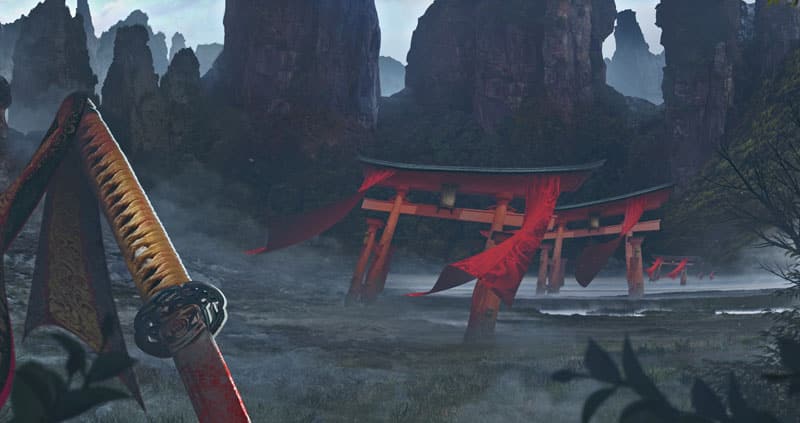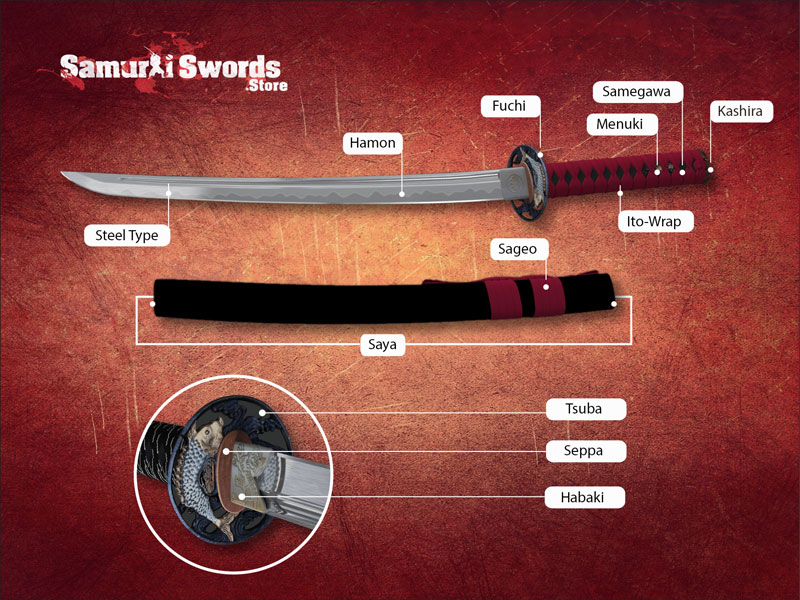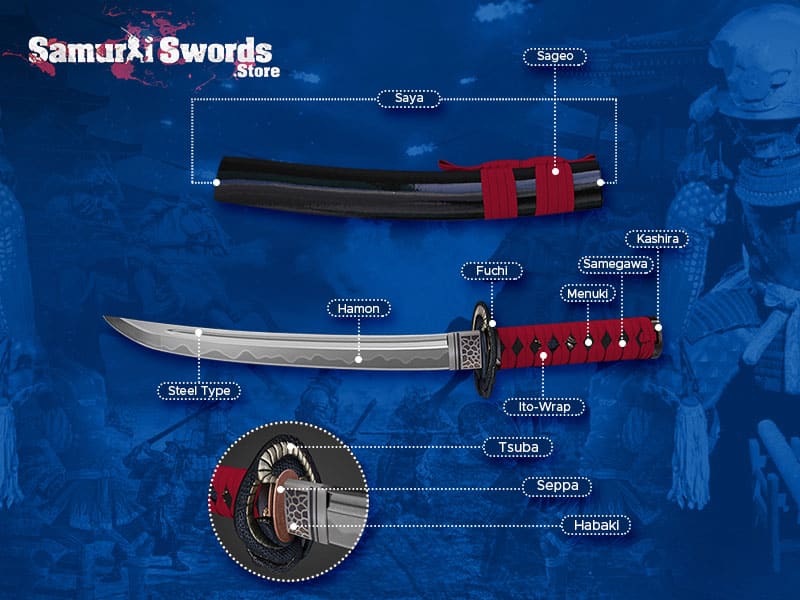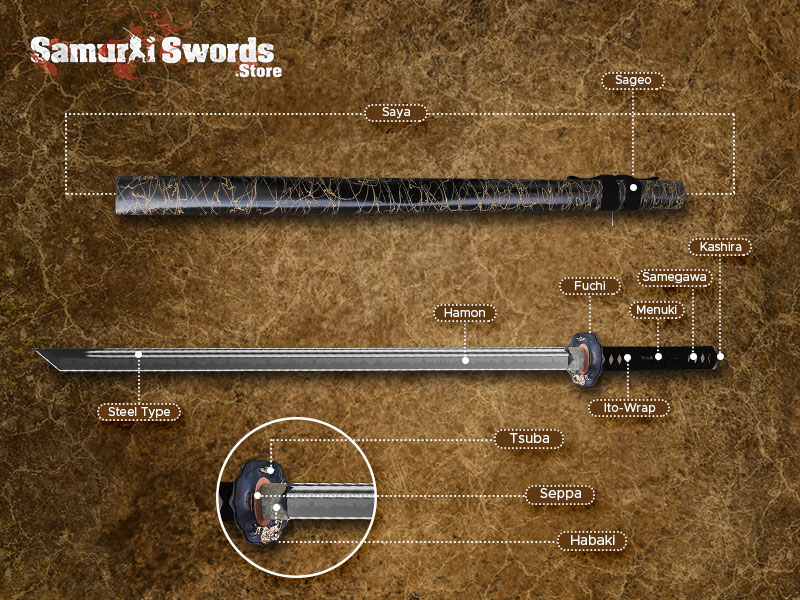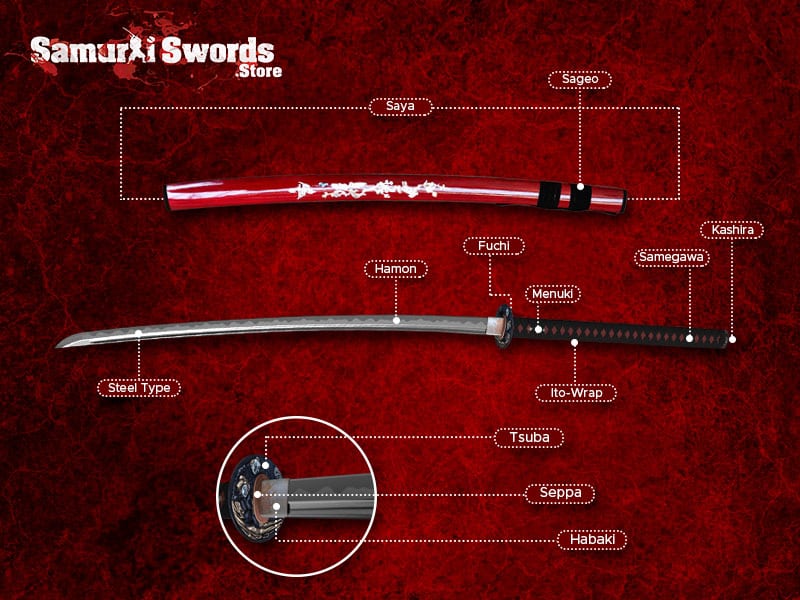Samurai Suit
Haidate
Haidate – Japanese Armor
History shows that Haidate first appeared in the picture in the 13th century but, it was not until the 16th century when it became in demand.
The first few examples of the early forms of this Samurai Suit was odd early styles that used hon-kazane in a very untraditional way. Hiza-yoroi first appeared in the 13th through the 14th century.
Although films and the arts often depict the Samurai Armor with the Samurai wearing this protective gear the truth is that the Samurai don’t wear their cuisses as they are referred to as often because it causes discomfort and slows them down when they are on the run.
However, for Samurai who has suffered from a sword referred to as Thigh-bane, it is a must to use this Samurai Armor to protect the thighs.
Haidate Construction
The largest percentages of cuisses were made of small metal plates that were rectangular in shape or have a thin rounded top and bottom. The Haidate scales were placed side by side and laced one with the other.
These tiles like appearance were referred to as Kawara because it took its inspiration from Japanese roofing tiles. The two kinds of Haidate are Iyo and Kawara. The plates of these types can be metal, leather, and plastic.
Plastic being made in the modern world since this material was unavailable back then. If this was made of metal gauge 16 is preferred. All of the plates must be identical in terms of shape and size.
The waist of the one who will wear this armor must be measured and this will be divided by four and add 3 inches to it. This will be the width of the two panels. The use of four Kawara is common.
For taller owners, the size must be reduced and the numbers of rows increase to at least five. Ikeda is another type of this armor that is made of the small raft-like plates set like a chain mail.
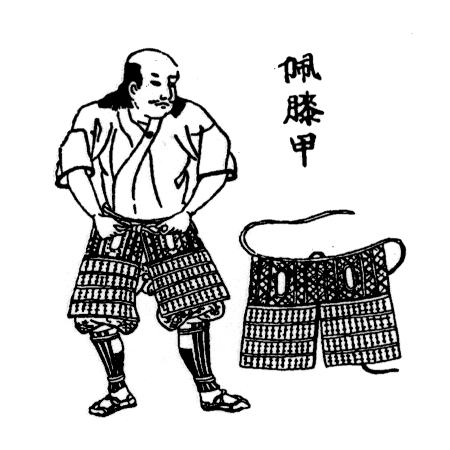
How to Wear It
This armor is a type of cloth apron that is commonly attached to the cloth backing. Although this is armor it is generally made of fabric garment. Each of these fabric parts consists of a canvass lining and backing.
These cuisses are sewn from the bottom row of plates down right to left. A lot of time is taken to build a single Haidate. Kawara needs as little decoration as possible.
These are spruce up by alternating between colors of lacing along with the tiles. These are layers of different colors. The secret of wearing this armor is to use the little loop in the front and center of this armor to make it hold up.
Inside the do at the bottom part of the front, the wearer can attach the loop to what is referred to as a male frog. This is not referring to the amphibious reptile but, rather to the bottom part.
The second option is to not have this additional weight hanging from the shoulders. This type of protection is perfect for sword practitioners to use as extra protection.


